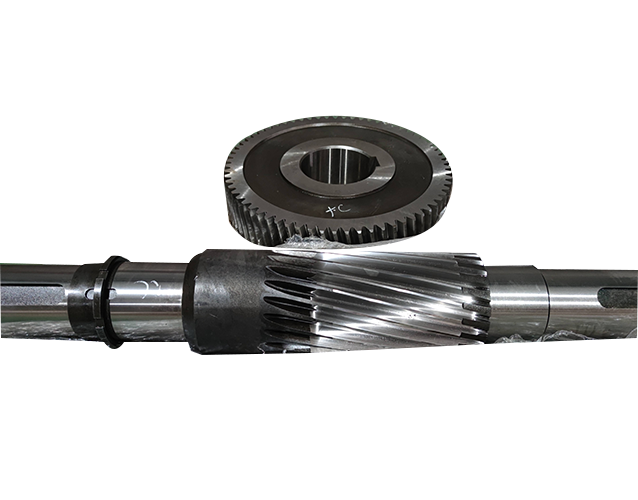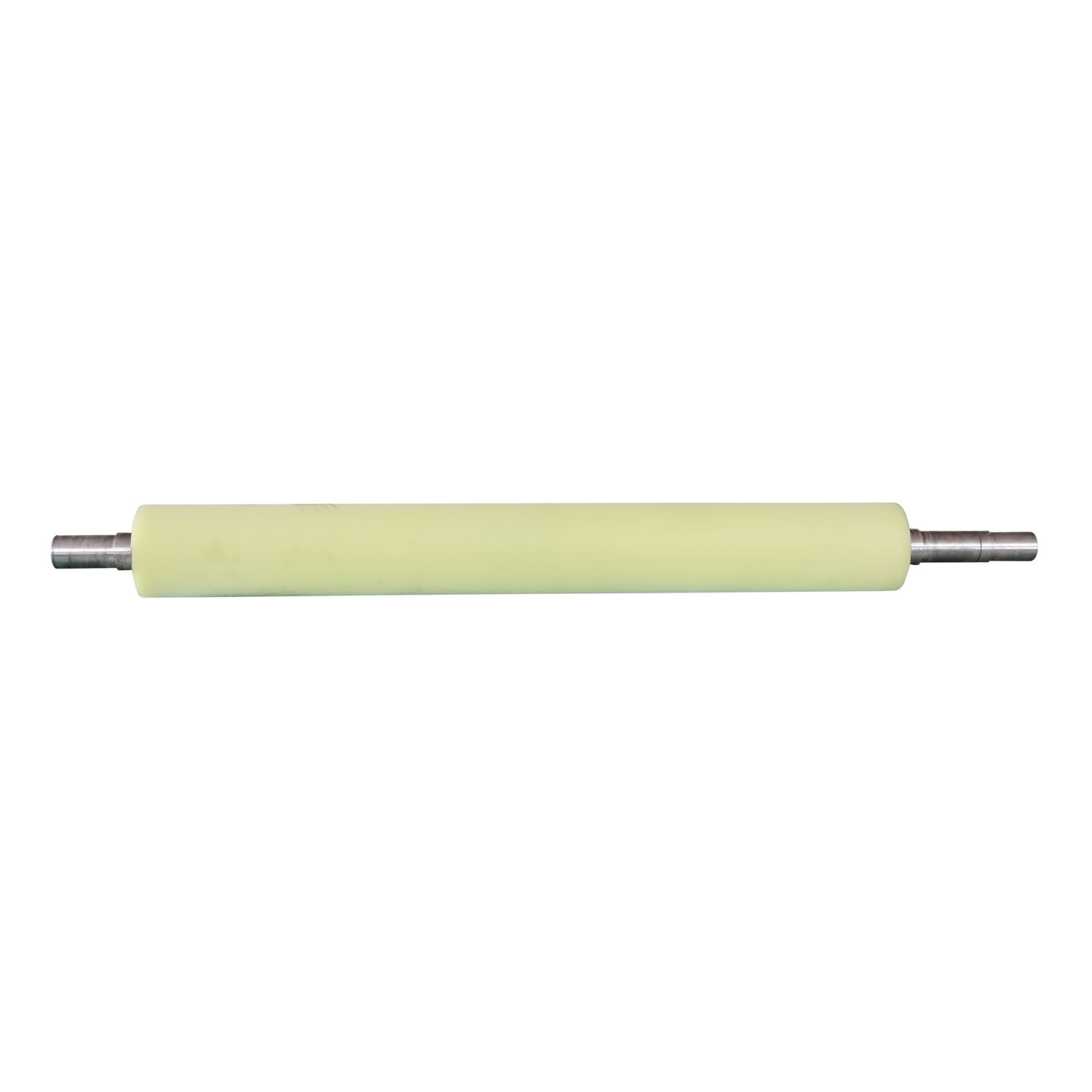industrial universal joints
Industrial universal joints are critical mechanical components designed to transmit rotational power between two shafts that operate at different angles. These versatile devices consist of two yokes connected by a cross-shaped intermediate member, enabling smooth power transmission even when the drive and driven shafts are not aligned. The joints can accommodate both angular and parallel misalignment while maintaining consistent rotational speed and torque transfer. Advanced manufacturing techniques ensure these joints are precisely engineered with high-grade materials, typically including hardened steel components and specialized bearings that withstand extreme conditions. Their design incorporates needle bearings or bushings at the intersection points, reducing friction and extending operational lifespan. Industrial universal joints find extensive applications across various sectors, including manufacturing equipment, automotive assembly lines, heavy machinery, and power generation systems. They are particularly valuable in situations where equipment layout constraints or space limitations prevent direct shaft alignment. These joints can operate effectively in temperatures ranging from -40°F to 250°F and can handle speeds up to several thousand RPM, depending on the specific design and application requirements.


